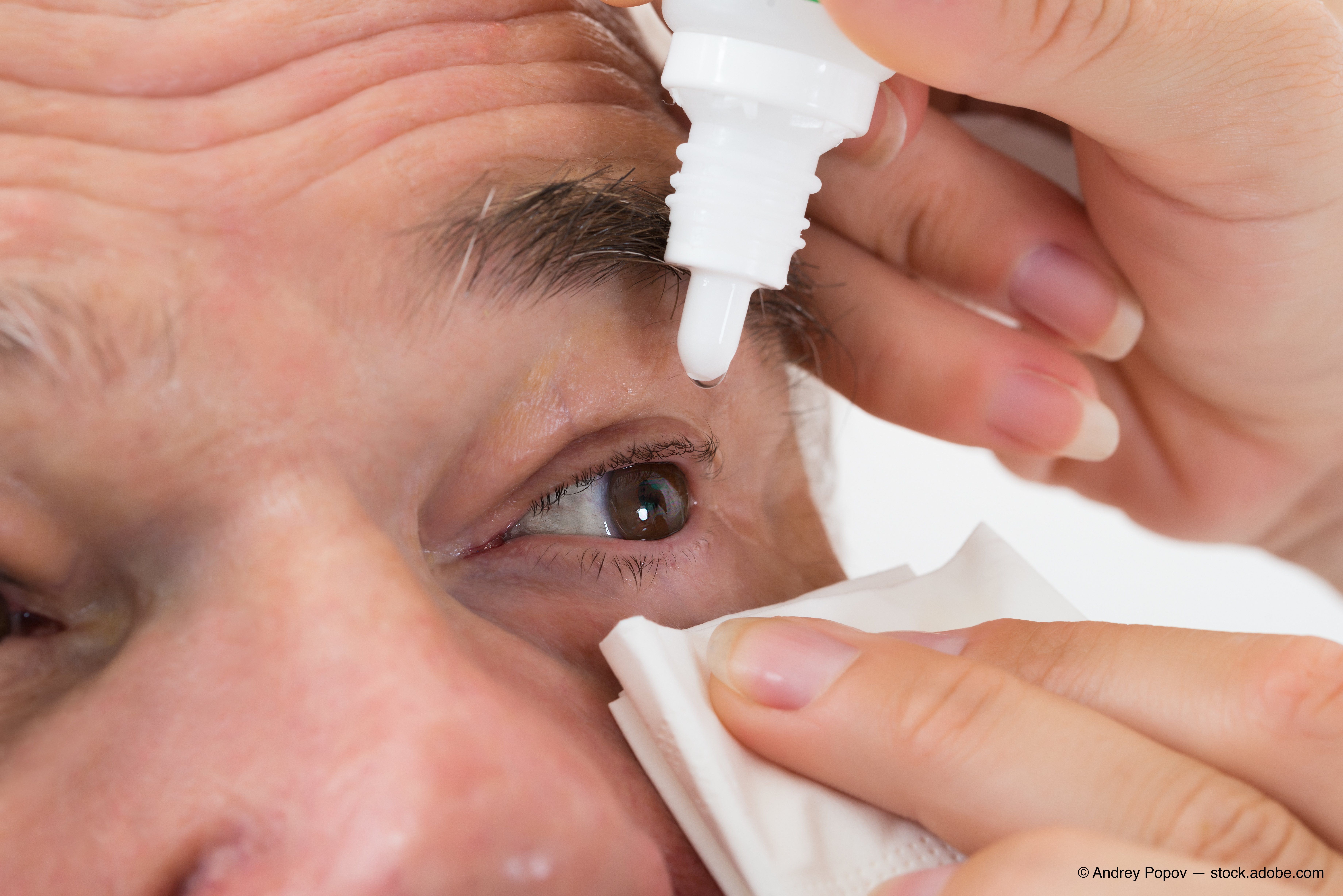Treat dry eye disease first, address comfort next


I am not sure how many of you took driver’s education, but I kinda enjoyed the course. We watched the most outdated movies about how to drive a car. Hollywood had nothing on these movies for the nasty images they would show. This was real stuff. They would explain what would happen in a car crash, then (in the films I watched) they would show the dead person in the car. The whole thing was an attempt to scare us into driving safe.
What does the average 16-year-old boy do the moment he gets his driver’s license? Yell “Freedom!”, squeal his tires, and race off like it is the Indy 500. With no thought of those “educational videos,” most of us enjoyed our young driving freedom with a mindset that something bad would never happen to us.
Few dry eye Rxs written
While talking to an industry representative about dry eye prescriptions, I was surprised to hear him tell me that less than 2 million patients are using dry eye medications. This is a shocker. As I have traveled around the world, I am always hearing about how bad everyone’s dry eye practice is and how they encounter dryness on a daily basis.
Related: Offer IPL as a treatment for MGD and dry eye disease
I think of my lectures as well as others I’ve attended as the “educational videos” that we watched in driver’s education. They are entertaining to watch but challenging to implement.
We attend day or weekend long courses. So why don’t we bring the reality of dry eye into our offices and actually prescribe our patients the medication they need?
I am scolded for my key message around dry eye: you care too much for your patients to really treat their dry eye. That’s right, optometry as a profession is too nicey-nice to patients, and we talk ourselves out of doing what the patient really needs.
Disease first, then comfort
Take this example: A patient walks into an office and states, during the exam, that her eyes feel dry at the end of a long day. The doctor notes redness, staining, and good oil flow from the glands. What standard treatment should be given? Artificial tears and maybe steroids?
Artificial tears will provide palliative relief to the patient, and steroids will calm the inflammation. But what happens if the patient forgets to use the drops and stops the steroid? The patient will wind up in the same boat she started in. He will come back a year later and report the same problem. I have seen this cycle over and over, rinse and repeat Six years ago, it persisted in my practice until I stopped merely caring for my patients’ symptoms and began working to solve the problem.
Some ODs might say, “Prescription dry eye medication did not work for my patient.” What do you mean? They respond, “The patient did not feel better after using the medication.”
Since when did we become a massage establishment that just cares only for our patients’ short-term comfort? Medicine is the treatment of disease, not comfort.
Related: Minimize symptoms of dry eye disease in refractive surgery patients
As a physician, I have come to realize that dry eye medications’ intended purpose, more than anything else, is to stabilize patients’ disease. I do not worry about the amount of comfort that these medications bring to my patient; my number-one concern is whether I am slowing or halting the progression of the disease.
It is for this reason that all of my dry eye patients are first and foremost on a prescription medication. I tell them that the purpose of the medicine is not to make them feel good but to stop or slow the disease. After that has occurred, we can focus on comfort.
Open your eyes and look at the gory movie that is dry eye. Patients’ lives are being ruined by dry eye while we are preoccupied trying to make them feel better.
Instead, focus on the long-term health and what is going to happen- down the road. Prescribe the medication and treat the disease first, then focus on the comfort.
More by Dave and Mile: Increase contact lens comfort by paying attention to the lids
Newsletter
Want more insights like this? Subscribe to Optometry Times and get clinical pearls and practice tips delivered straight to your inbox.